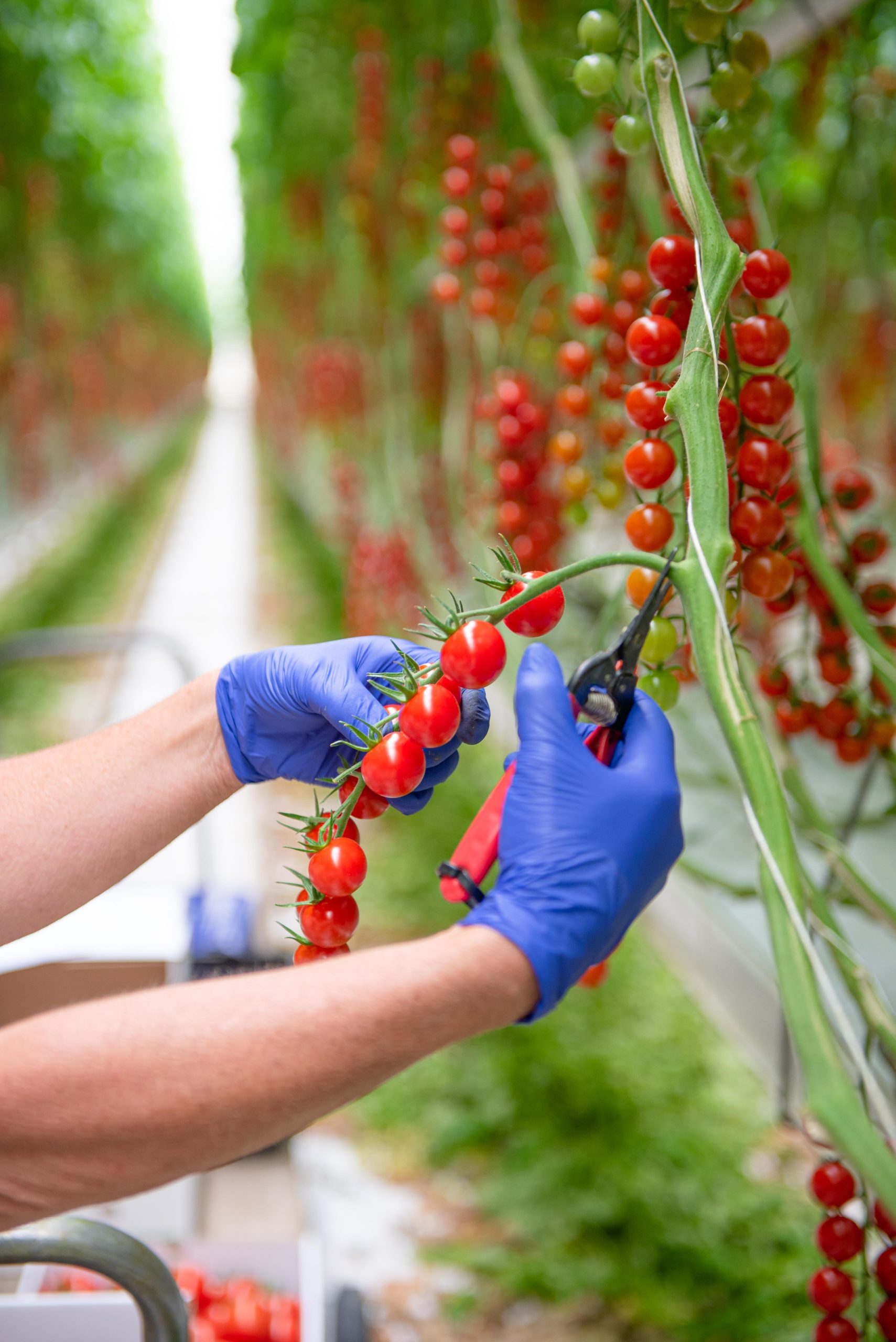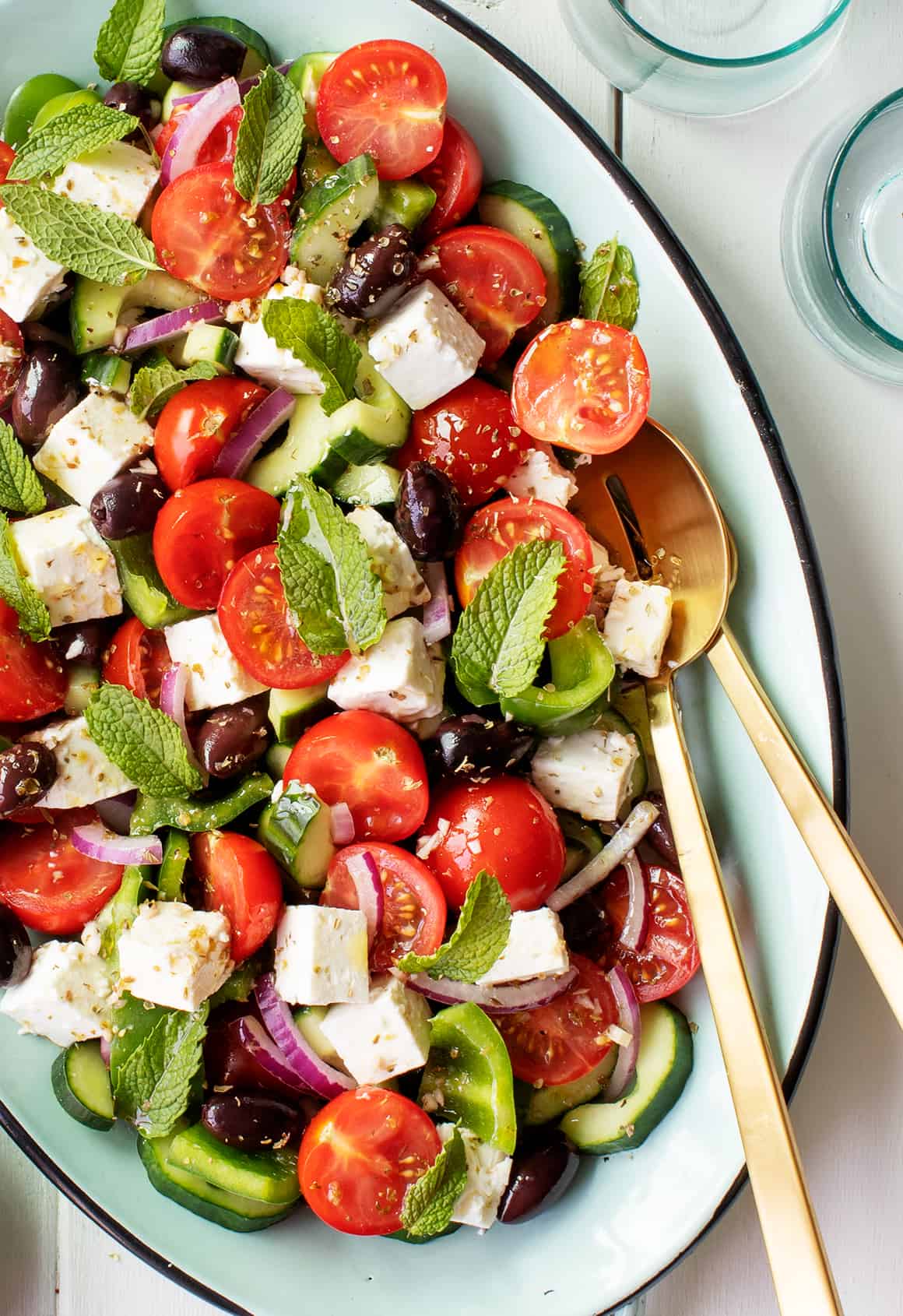Enjoy this delightful twist on the classic BLT, where the tangy and crispy fried green tomatoes add a unique and delicious dimension to your sandwich. Perfect for lunch or a casual dinner, this recipe is sure to become a favourite!
Ingredients:
- 4-6 green tomatoes, sliced 1/4 inch thick
- Salt and freshly ground black pepper, to taste
- 1 cup all-purpose flour
- 1 cup buttermilk
- 1 cup cornmeal
- 1 cup panko breadcrumbs
- 1 teaspoon garlic powder
- 1 teaspoon smoked paprika
- 1/2 teaspoon cayenne pepper (optional)
- Vegetable oil, for frying
- 8 slices of thick-cut bacon
- 8 slices of rustic bread or your favourite sandwich bread
- 1/2 cup mayonnaise
- 1 tablespoon Dijon mustard
- 1 tablespoon fresh lemon juice
- 2 cups fresh lettuce leaves
- 1 large ripe tomato, sliced (optional, for added freshness)
Method:
Step 1 – Prepare the Green Tomatoes: Season the green tomato slices with salt and freshly ground black pepper. Set aside on a paper towel-lined plate to absorb excess moisture.
Step 2 – Prepare the Breading Stations: Place the flour in one shallow dish. Pour the buttermilk into a second shallow dish. In a third shallow dish, combine the cornmeal, panko breadcrumbs, garlic powder, smoked paprika, and cayenne pepper (if using).
Step 3 – Bread the Green Tomatoes: Dredge each tomato slice in the flour, shaking off any excess. Dip the floured slice into the buttermilk, then coat it thoroughly in the cornmeal-panko mixture. Repeat until all slices are coated.
Step 4 – Fry the Green Tomatoes: Heat about 1/2 inch of vegetable oil in a large skillet over medium-high heat until it reaches 175°C. Fry the breaded tomato slices in batches until golden brown and crispy, about 2-3 minutes per side. Use a slotted spoon to transfer the fried tomatoes to a paper towel-lined plate to drain.
Step 5 – Cook the Bacon: While frying the tomatoes, cook the bacon in a separate skillet over medium heat until crispy. Drain on paper towels.
Step 6 – Prepare the Bread: Toast the bread slices to your desired level of crispiness.
Step 7 – Make the Sauce: In a small bowl, mix together the mayonnaise, Dijon mustard, and lemon juice until well combined.
Step 8 – Assemble the BLTs: Spread a generous amount of the mayonnaise mixture on one side of each slice of toast. Layer lettuce leaves on the bottom slice, followed by a few slices of fried green tomatoes. Add crispy bacon strips on top of the tomatoes. If desired, add a few slices of fresh ripe tomato for extra flavour and texture. Top with another layer of lettuce leaves and finish with the remaining slice of toast.
Step 9 – Serve: Serve the Fried Green Tomato BLTs immediately, while the tomatoes and bacon are still warm.















